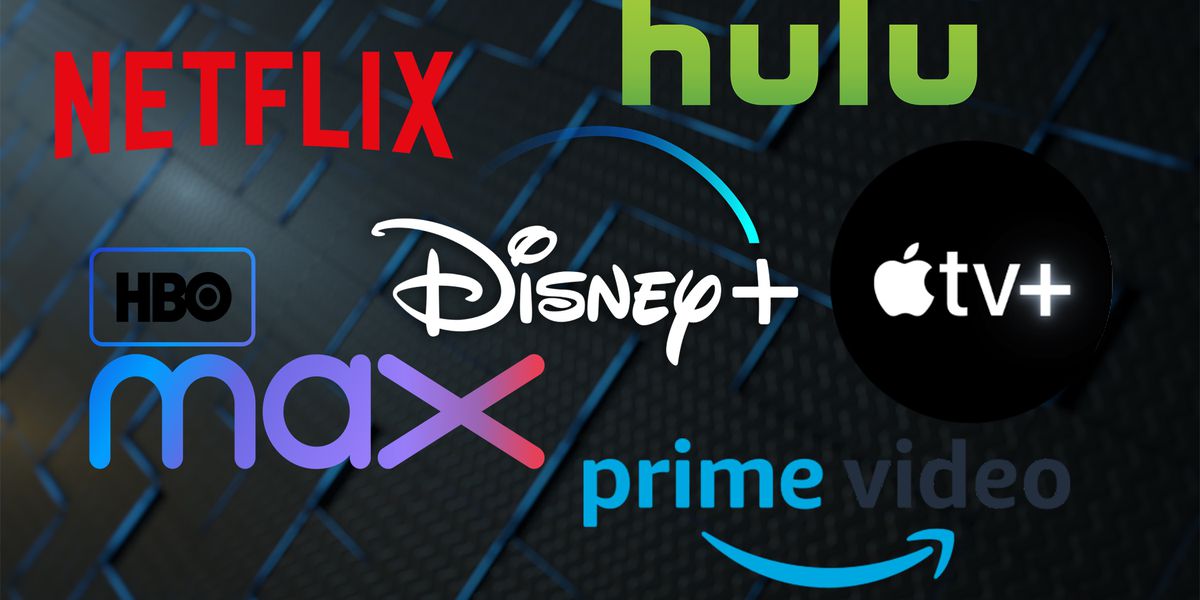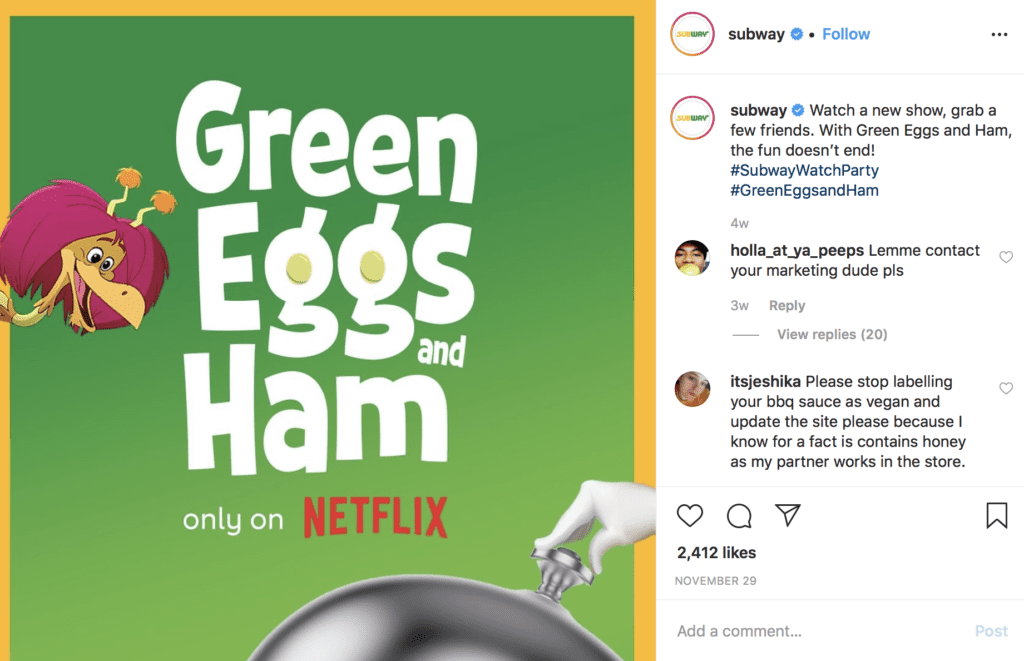How will the streaming wars affect the way businesses market themselves in 2020?
This question looms large. A growing number of streaming services, including Apple TV+ and Disney+, now compete with already established players Amazon Prime, Hulu, and Netflix. More services, including one coming from AT&T, are on the way. All of them cater to a younger audience that is notoriously indifferent to ads, which helps explain why most – but not all — streaming services remain ad-free. But that doesn’t mean it’s impossible for businesses to market themselves through streaming services.
Ad-Supported Tiers
So far, Hulu remains the only major streaming company that offers an ad-supported tier, which costs $5.99 a month. (To watch content ad-free on Hulu, viewers need to shell out $11.99 per month.) Hulu tightly controls ad formats to prevent them from being too intrusive, keeping commercial breaks short. In addition, Hulu is said to be experimenting with different types of ads, such as banner ads that appear when viewers pause their content – making Hulu resemble YouTube as a content-watching option. An ad-supported tier apparently works for Hulu. A recent New York Times article reported that the $5.99 tier is Hulu’s most lucrative one:
Even though it charges $6, the service generates more than $15 in revenue per subscriber each month, because of the high-cost advertising sold against those customers, according to two people familiar with the business.
Advertising grew by 45-percent for Hulu in 2018.
In addition, pressure is mounting for Netflix to provide an ad-supported tier, which Netflix does not offer at the moment. But Netflix might cave in because of rising content creation costs and increased competition. A recent stock downgrade by a prominent financial analyst ratcheted up the pressure.
I believe that Netflix will eventually provide advertising (more about that here). For now, here’s a good rule of thumb: if you’re the type of brand that understands how to capitalize on YouTube ad formats (such as YouTube Masthead), consider the ad tools that Hulu is developing. For instance, Hulu offers “binge watch ads,” which, as the name implies, target people who like to watch multiple programs in one sitting. As reported in TechCrunch,
These “binge watch ads” utilize machine learning techniques to predict when a viewer has begun to binge watch a show, then serves up contextually relevant ads that acknowledge a binge is underway. This culminates when the viewer reaches the third episode, at which point they’re informed the next episode is ad-free or presents a personalized offer from the brand partner.
Expect Hulu to provide more creative ways for brands to attract eyeballs.
Watch Hulu closely. The company’s development of an ad tier may point a way forward for Netflix and other competitors.
Co-Branding
Businesses can brand themselves in other ways beyond traditional advertising, such as having their products placed on shows. Here again, Hulu provides an example of how to do it. According to The New York Times, Hulu has a team dedicated to working with businesses to have their products appear on Hulu programming, with the number of paid arrangements increasing 200 percent from 2018 to 2019.
But Netflix is also cozying up to brands (although it is not monetizing those arrangements as aggressively as Hulu has done). For the Netflix hit show Stranger Things, Netflix has struck 75 co-branding deals, which typically provide Netflix exposure and licensing fees (although they are not product placements, per se). Recently, Netflix and sandwich chain Subway made it possible for Subway to offer a Green Eggs and Ham Sub, an homage to a new Netflix series “Green Eggs and Ham,” which is based on the Dr. Seuss book. The sandwich, in effect, acted as an advertising play for both Netflix and Subway. The awareness included strong digital branding, examples being promotions on Subway’s Instagram and Twitter.
Many other examples abound. For instance, clothing company Diesel paid a licensing fee to Netflix in order to manufacture outfits inspired by the popular Netflix show, La Casa de Papel. Diesel capitalized on the power of digital to run online ads that connected the brand to the show:
The Netflix-Diesel relationship is a win-win, generating licensing revenue for Netflix and culturally relevant branding for Diesel.
Amazon Prime Video, meanwhile, is no stranger to co-brands. The service, like Hulu, courts product placement opportunities. For example, snack brand Too Yumm! Recently struck a deal with Amazon Prime Video to have its products integrated into a sports drama thriller Inside Edge 2. Amazon recently struck a deal to have Cheerios placed in episodes of The Marvelous Mrs. Maisel, as well.
As these examples show, the growth of streaming services does not mean the demise of advertising and branding – far from it. In fact, as the Diesel and Subway examples demonstrate, streaming services create online advertising and organic branding through platforms ranging from Instagram to YouTube. In addition, a new survey from the Trade Desk and YouGov indicates that consumers of streaming services are open to advertising in exchange for lower prices.
In 2020, expect streaming services to generate more advertising and marketing opportunities as businesses look for creative ways to court audiences online.
Contact True Interactive
To make online advertising work for you, contact True Interactive. We’re an independent agency that optimizes branded interactions to drive traffic and increase sales.

